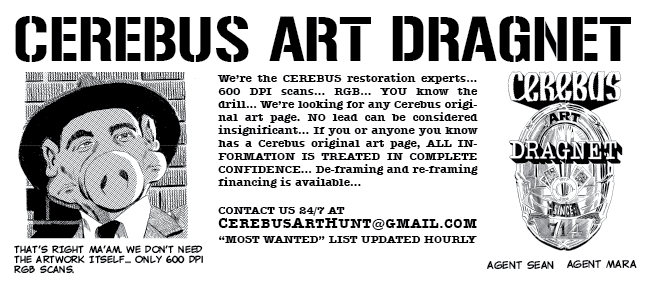Mara Sedlins:
Last week I promised to follow up with a comprehensive list of the restoration issues we encountered in the restoration work for Church and State I - particularly the Trauma One and Trauma Two pages. The original impetus for creating the list was our promise to trauma page sponsors to include a summary of the restoration work that took each page from “before” to “after.” But this exercise has the potential to be more than just a post-hoc story attached to those particular pages. Thinking through each type of problem we encounter and organizing them in a systematic way serves a practical purpose too.
A taxonomy (not to be confused with “taxidermy,” Wikipedia warns us!) is a classification of things or concepts, or the principles underlying such a classification. In general, taxonomies (particularly folk taxonomies) tend to be purpose-driven; they’re created to explain, predict, or drive behavior. For instance, if you can identify a mushroom as belonging the morchellaceae family, then you know that it won’t kill you if you eat it. (Useful information.)
Humans are categorization machines, and we’re creating our own taxonomies all the time, whether we realize it or not. There’s a William James quote that social cognition experts like to paraphrase as, “thinking is for doing” (the original is, “My thinking is first and last and always for the sake of my doing,” but that’s not nearly as catchy or memorable). This means that the way you divide up the world depends on what you’re trying to do. A blunt example would be that you’re probably (hopefully) going to be attuned to different personal characteristics depending on whether you’re interviewing job candidates or participating in a speed dating event.
I’ve mentioned the “usefulness vs. arbitrariness of socially constructed categories” with the idea that a nuanced appreciation of grey areas can be valuable. But really, the majority of everyday classifications we make are necessary and practical. You don’t want to have to re-decide every time you wake up whether coffee is a “morning beverage” or not. You just want to drink your f*&king coffee.
And so, what are some of the functions of our taxonomy of damage and repair techniques for the pages of Cerebus?
- creating a checklist of repairs needed for each page
- standardizing the final level of cleanup across pages
- improving our ability to identify time-intensive pages ahead of time
- guiding the development of new restoration techniques
- dividing up the work depending on our areas of expertise/abilities
The List - with examples and prevalence (out of 12 Trauma pages):
- Sean’s initial adjustments and sharpening process (every page)
- Adjust Cerebus’ tone separately from the rest of the page (2 pages)
- Replace a damaged section from the negative scan (4 pages)
- Erase anything outside the image area (page numbering, autographs/messages, scanner shadows; every page)
- Erase noise in white areas (10 pages)
- Square panel corners/straighten edges (5 pages)
- Blacken white noise in panel borders (9 pages)
- Replace damaged or shrunken Letratape (5 pages)
- Strengthen black in areas with damage or light ink coverage (10 pages)
- Blacken white noise due to tone edges in black areas (7 pages)
- Replace Cerebus tone that was shrunk or damaged (11 pages)
- Replace shrunk or damaged scribble tone (11 pages)
- Erase tone that extended past where it should (6 pages)
- Clean up stray crosshatching (2 pages)
- Strengthen or fill in lettering for legibility (3 pages)
Which problems were most prevalent? Which required the most labor? Which ones are worth spending time improving/speeding up our restoration methods?
As I expected, the most time-consuming type of repair was replacing tone, especially the scribble tone. For the “Trauma One” pages that needed tone replaced, they had on average 19 places per page that needed attention. So this is something to watch out for on future pages, and maybe think about alternative techniques (I favor drawing in the pattern using the Stamp tool, but there are faster approaches that probably look just as good in print). For the next volume, it may also be useful to classify pages depending on which of the restoration issues above are present in order to make the cleanup process more efficient.
Taxonomies evolve over time, and I’m sure we’ll continue to update this list as the artwork changes and as we add to our repertoire of restoration techniques.
